If you'd like to expedite your own knowledge, check out the Resources section below to find some of my favorite books/guides on this topic. Just a note: if you want to forage for mushrooms, please be careful! I recommend going with a knowledgeable guide and/or joining up with a local mycological society.
Wild Ramp Rules: Harvest Them Sustainably Or Not At All
Wild ramps (allium tricoccum) are a delicious plant that is native to the Northeast U.S. Unfortunately, over-harvesting is taking a serious toll on this slow-growing plant which is currently threatened. Follow this rules and spread the word to ensure the survival of this tasty species. More>>
Eat Your Weeds: Garlic Mustard Greens
Garlic mustard is a member of the mustard family (duh) and has a pronounced garlicky smell and flavor (duh again) in addition to the characteristic bite of mustard greens. All parts of the plant are edible at various points in the plant's two year life cycle although I have only ever tried the leaves which are best before the weather gets hot and they become more bitter. You can treat it like spinach or mustard greens or use it in place of basil in pesto. More>>
Linden Blossom Syrup
For about two weeks every summer, linden trees produce an abundance of dizzyingly delicious smelling flowers. The bees love them! And you will, too. You can dry them to make tea or use the fresh flowers to infuse a simple syrup to add a lovely, sweet, floral flavor to cocktails, spritzers, desserts and more. More>>
Japanese Knotweed - an Edible Invasive
This is one of the world's 100 most invasive species and a serious nuisance that is almost impossible to get rid of. It scoffs at herbicides, springs back up from the tiniest piece left in the soil and can grow through concrete and tarmac. However, for a short period in the early spring, it's stalks are highly edible. It has a tangy, earthy flavor - somewhat similar to rhubarb. In Japan, it is usually eaten raw or preserved in salt but I make a very tasty crisp with it for dessert. More>>
Hen-of-the-Woods (Maitake) Mushrooms
Scan the base of any big oak (or elm or maple) trees you pass, especially when the days are warm and the nights are cool and it's rained recently for there may be a goldmine of flavor and nutrition nestled in among the roots. More>>
Shagbark Hickory Nuts
Those big green balls that fall from the shaggy trees each fall hold delicious nuts. The taste is like a slightly smoky, maple-scented pecan - great raw or in cookies, breads and more. More>>
Mulberries - Not Just for the Birds!
These wild, native trees put out a riot of sweet, black berries every June. But you'll have to fight the birds and squirrels for them... More>>
I've been a fan of this pretty, wild edible since childhood. It's got a pleasingly fresh, lemony flavor that is a wonderful addition to salads or pestos. Packed with vitamin C, you'll find it growing pretty much everywhere. More>>
From Sap to Syrup - Maple Sugaring
There's probably nothing more thrilling than drinking cold, sweet maple sap directly out of the tap in a sugar maple. Turning it into syrup is a deeply satisfying process. Or you can just drink the sap plain - it's incredibly good! More>>
Eat Your Weeds - Purslane
Purslane is a weed that happens to be one of the two most nutritious plants on the planet, according to author/expert, Michael Pollan. With a slightly crunchy texture and a mildly lemony flavor, it's damn tasty, too! More>>
Wild Wineberries
This variety of raspberry is actually native to Asia and happens to be considered an invasive species but it sure is delicious. The jewel-like red berries are sweet, juicy and just a tiny bit tart. They make for one heck of a dessert when frozen and mixed with a lemon balm simple syrup, too. More>>
Eat Your Weeds - Wild Garlic
The entire plant is edible from greens to bulb and it's probably growing in your lawn. Wild garlic packs a flavorful little punch - similar to chives but better. Yank some up, give it a rinse and enjoy. More>>
Picking Wild Blackberries + a Simple, Refreshing Sorbet
Wild blackberries are plentiful throughout the United States. Packed with vitamin C and other goodies they are a healthy treat that also makes for an amazingly flavorful sorbet when combined with simple syrup and garden herbs. More>>
Miner's Lettuce - Like Spinach but Better
This lovely, tender green grows wild in Northern California in the springtime. Keep an eye out for it the next time you go hiking. More>>
Harvesting Wild Ramps
Wild ramps are an early spring delicacy that are delicious grilled, sauteed, with pasta, in risotto, with eggs, pickled, in pesto and many other ways. But harvest responsibly because ramps are slow to reproduce and lots of people are looking for them nowadays. More>>
Loquats - An Asian Fruit That May Be Growing Near You
These delicious little orange fruits have firm, sweet flesh that is sort of like a cross between an apricot and an apple. Look for them in early to mid-summer in the Bay area as many homeowners have trees but do not seem to realize that the fruits are edible. They're delicious raw but make a divine spiced chutney. More>>
Wild Plums + a Beautiful, Rustic Tart
The streets of the Oakland hills are lined with plum trees sporting delicious yellow, red and purple plums that are ripe for the picking. Find some and try out this gorgeous, rustic tart. More>>
Resources
|
Foraging & Feasting: A Field Guide and Wild Food Cookbook |
Identifying & Harvesting Edible and Medicinal Plants by Steve Brill - a great, comprehensive guide by another local legend with a ton of helpful illustrations. Steve does guided walks and lectures if you live in or want to travel to New York - more info on his site. |
Hunt, Gather, Cook: Finding the Forgotten Feast | Nature's Garden: A Guide to Identifying, Harvesting, and Preparing Edible Wild Plants. I own both this one and the next one by Samuel Thayer and have found both useful in figuring out what is what, where to look for it, and when. |
|
The Forager's Harvest: A Guide to Identifying, Harvesting, and Preparing Edible Wild Plants |
The Complete Mushroom Hunter: An Illustrated Guide to Finding, Harvesting and Enjoying Wild Mushrooms. I strongly recommend getting started with a person or mycological group who can guide you but once you're on your way, this is a super helpful resource! |
 National Audubon Society Field Guide to Mushrooms of North America. This is another great guide for aspiring mycologists. I have several of Audubon's not-quite-pocket-sized (my pockets are not big enough to hold one of these) guides and like them all a lot. |


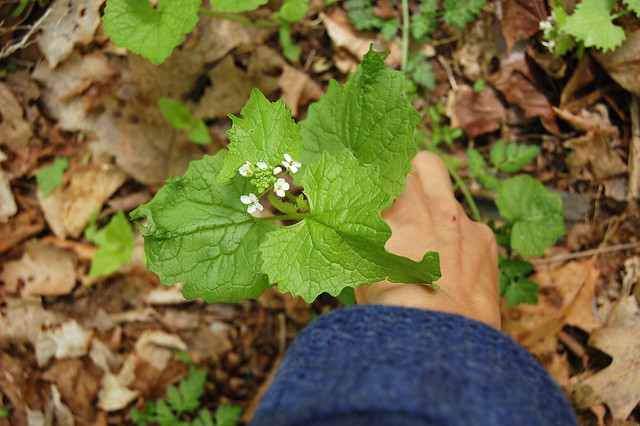
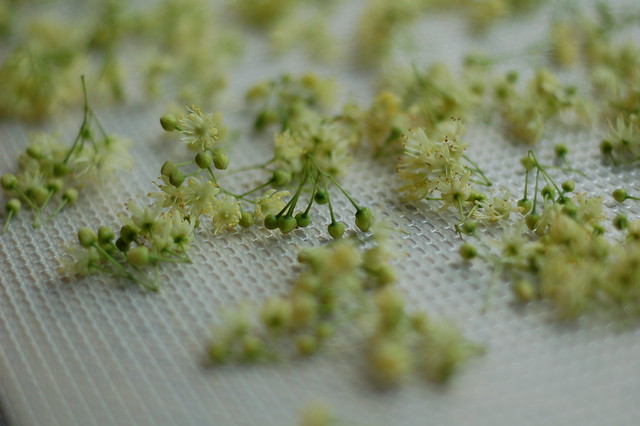

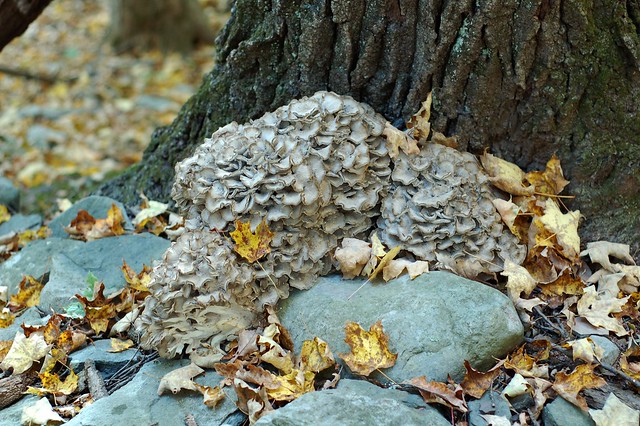



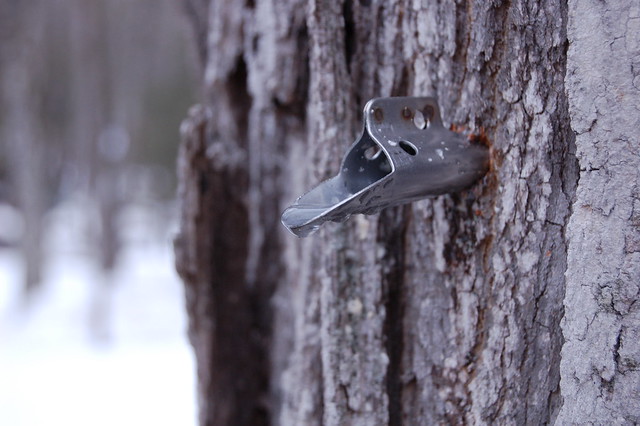
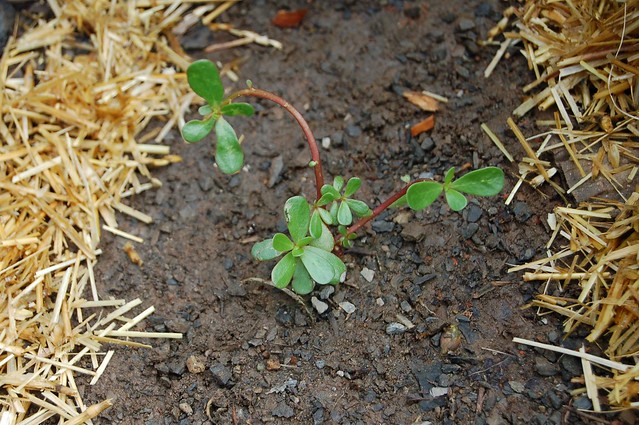
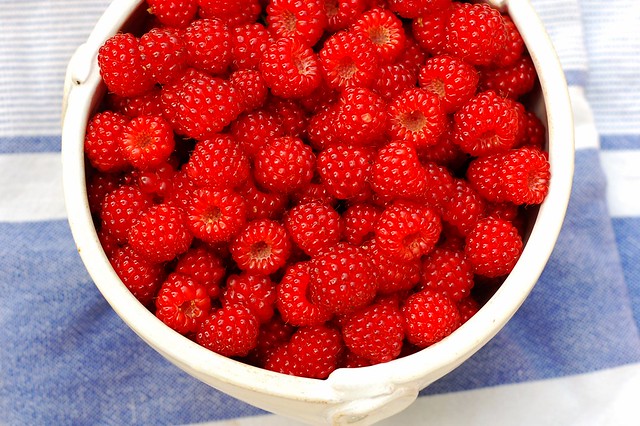
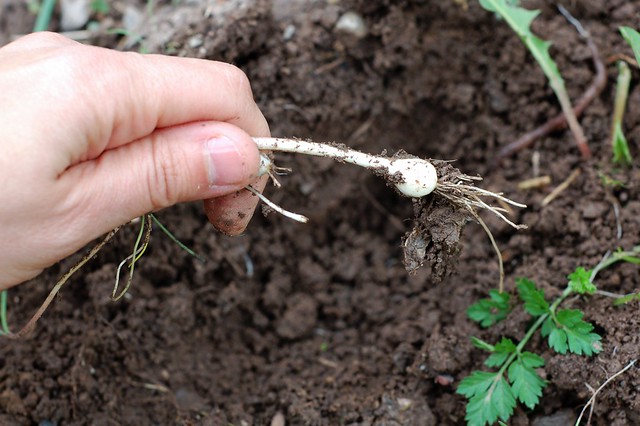
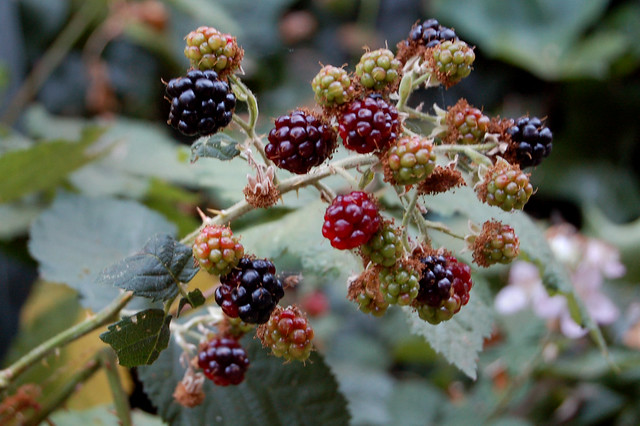

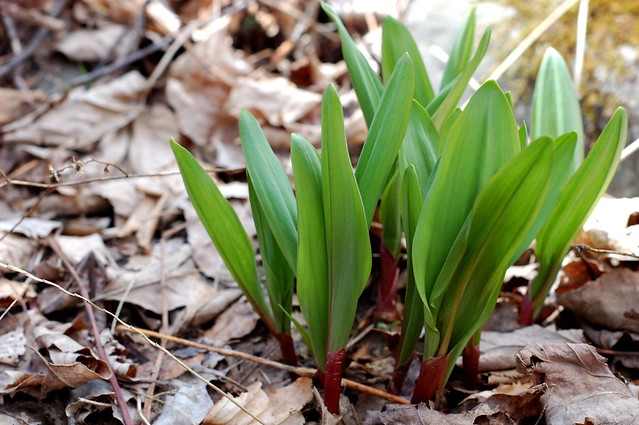
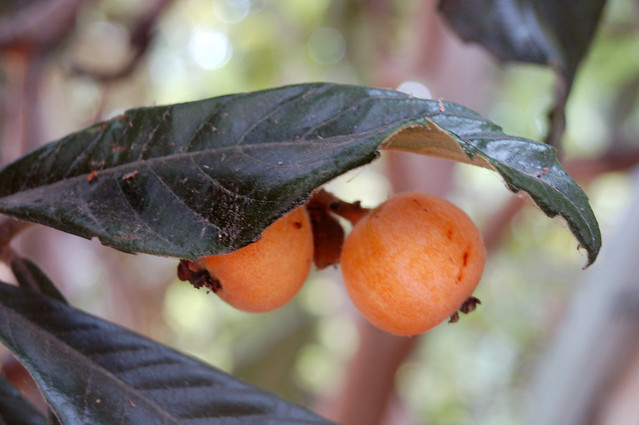
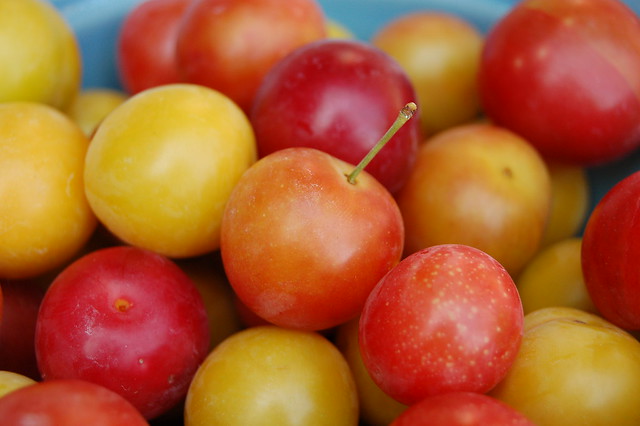






No comments:
Post a Comment